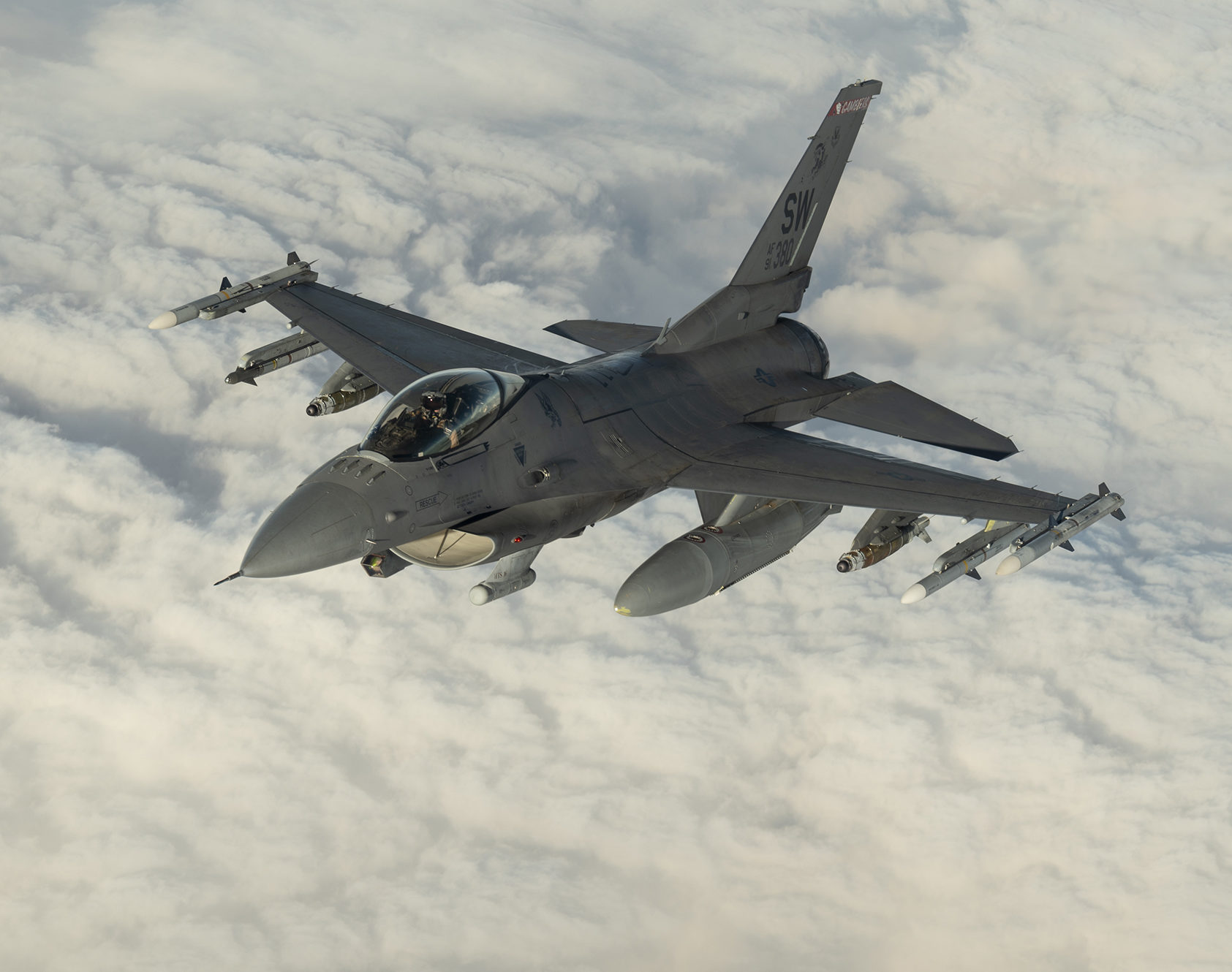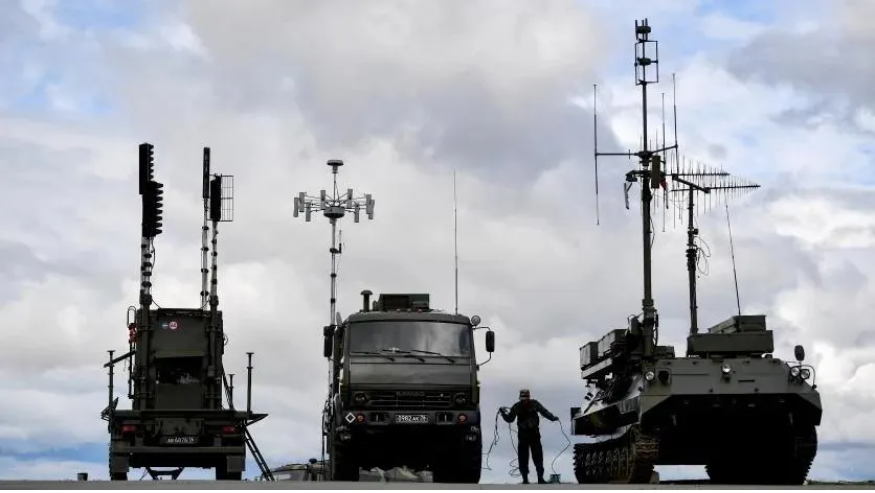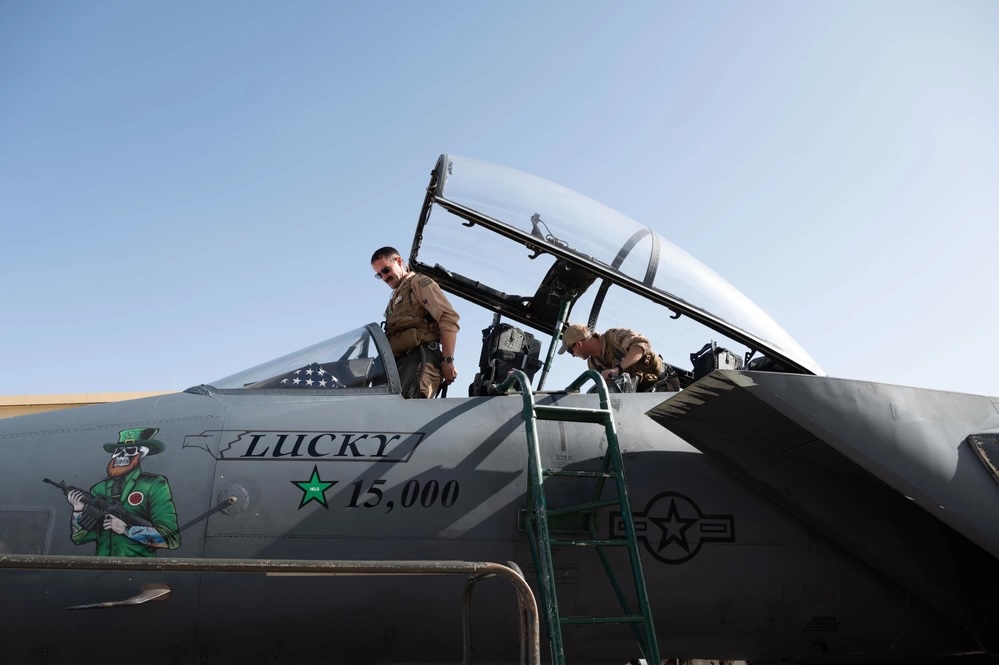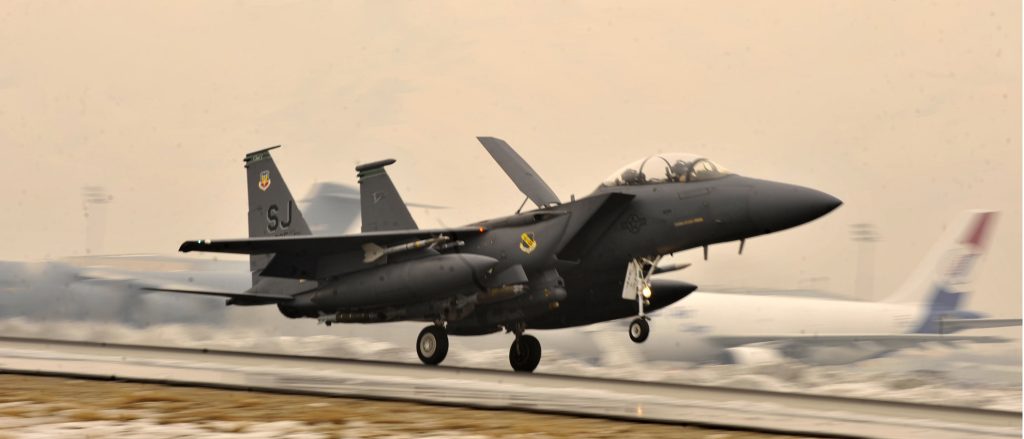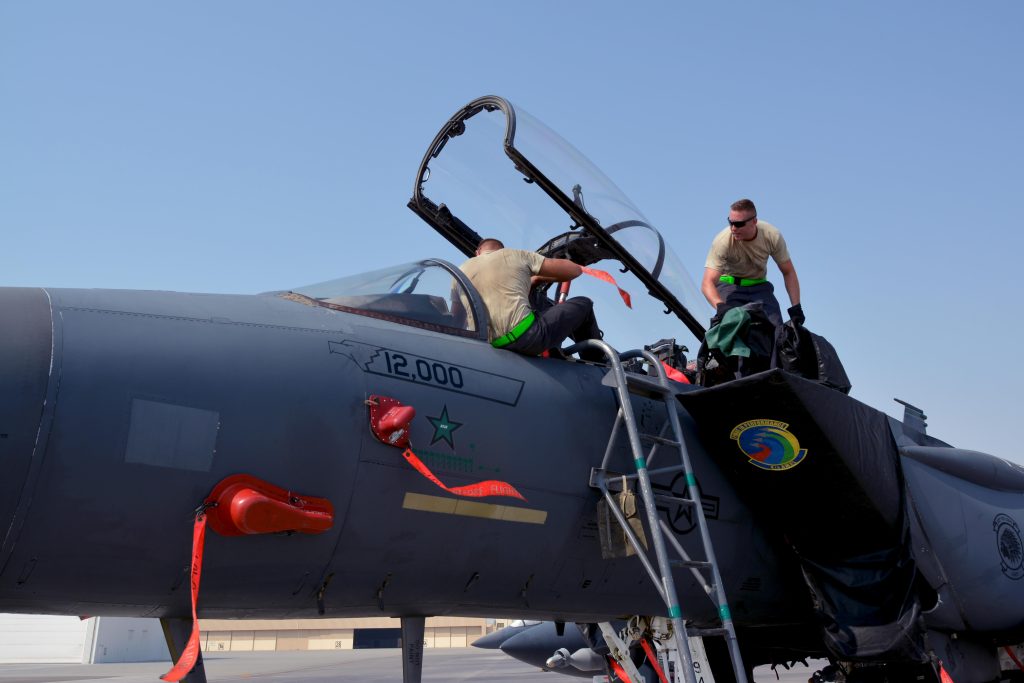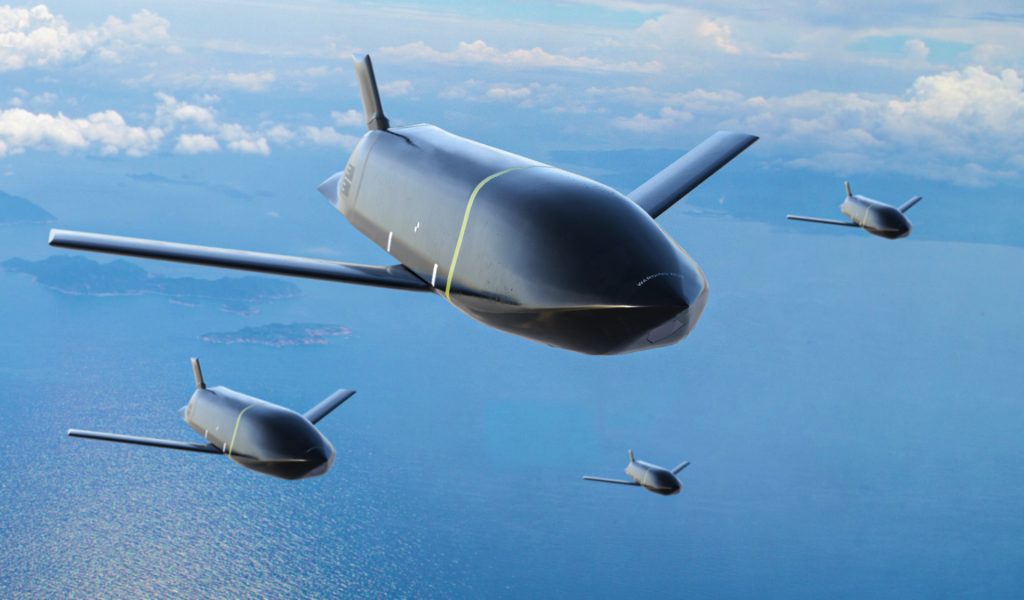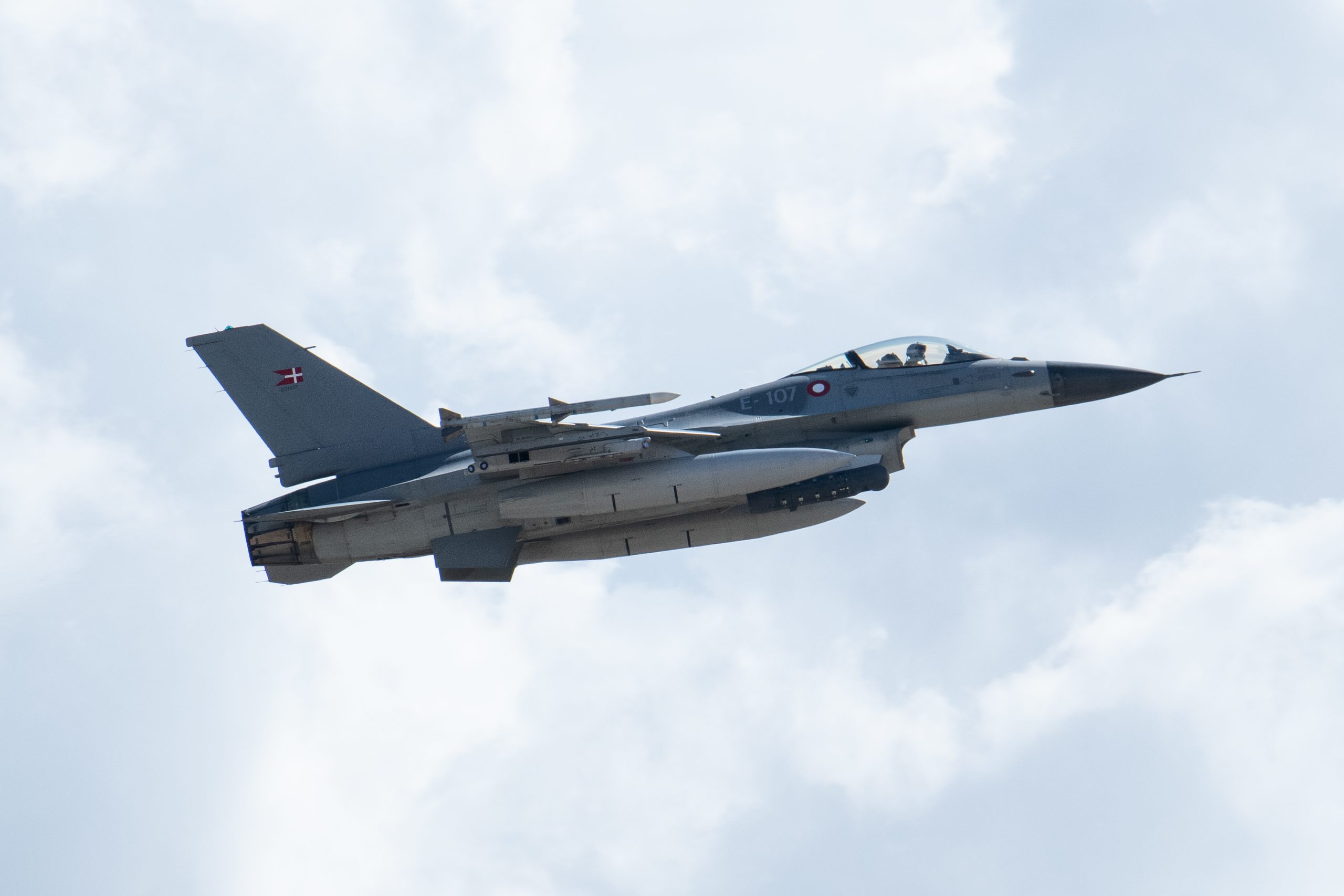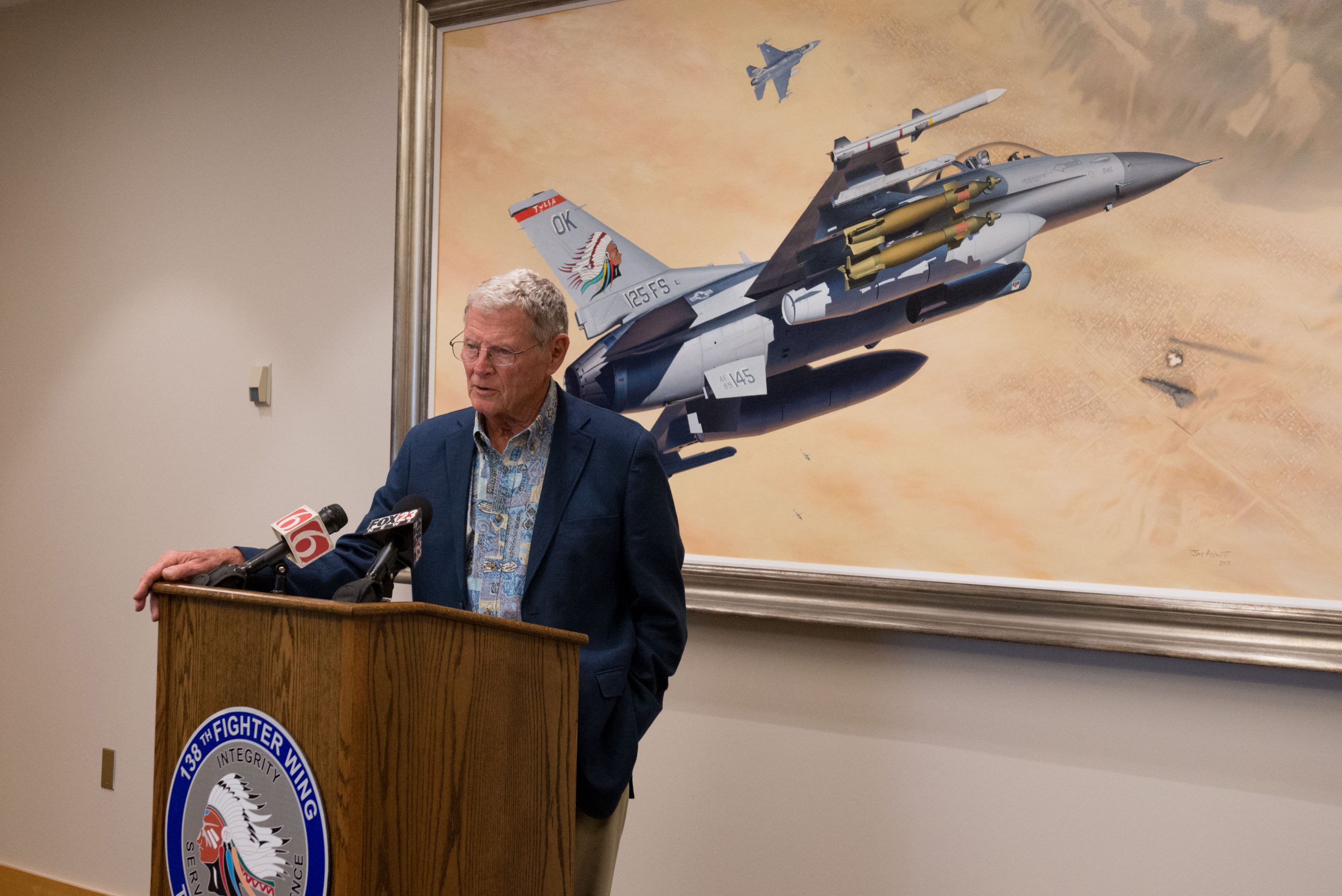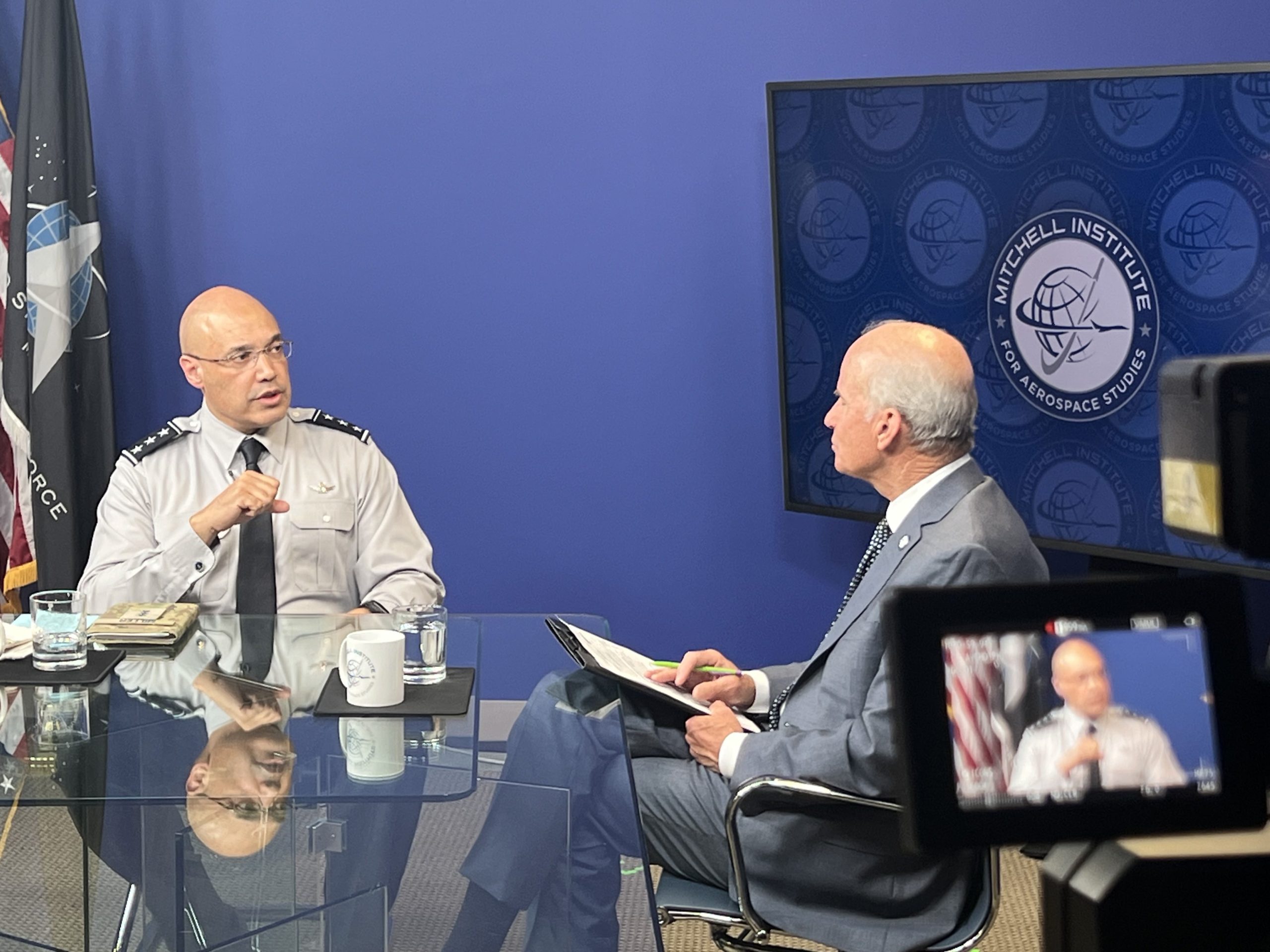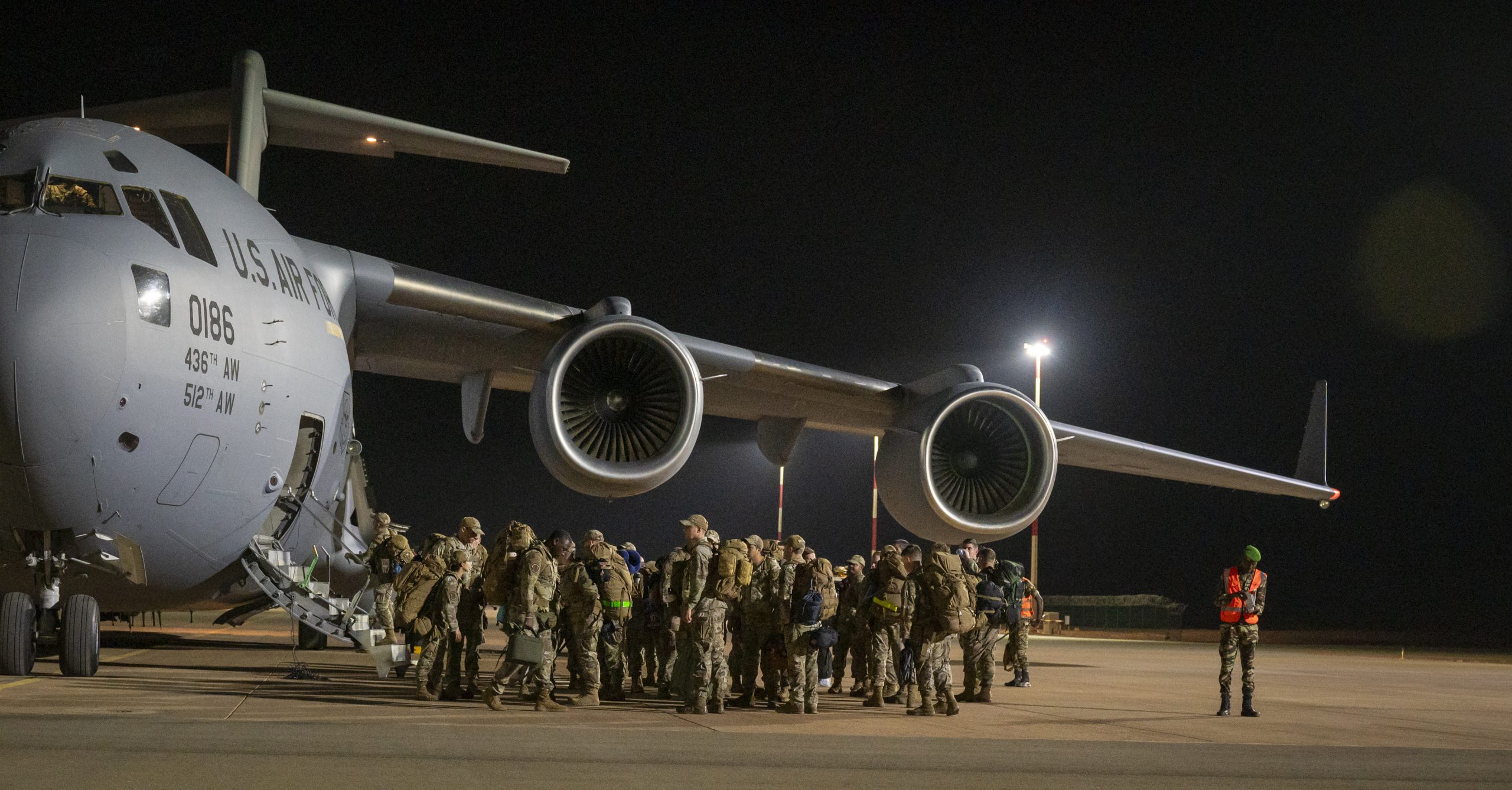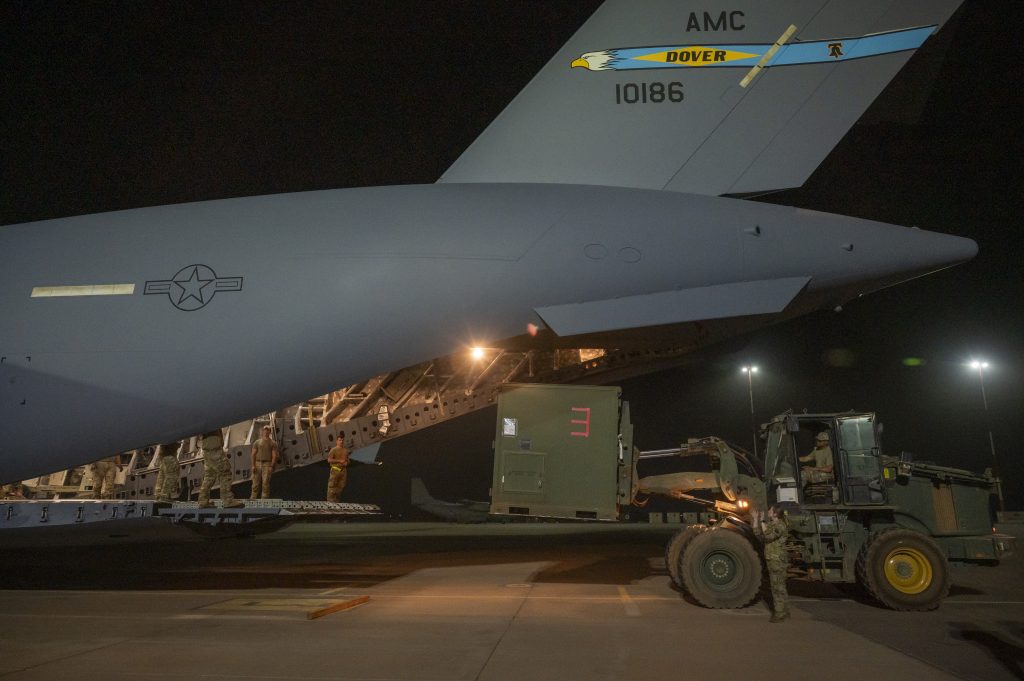Two of the U.S. Air Force’s three bases in Japan got new commanders on July 8 and 9 ahead of major force changes meant to fortify the region against what the outgoing head of U.S. Forces Japan and the 5th Air Force described as “increasingly aggressive” adversary behavior.
At Yokota Air Base just outside Tokyo, Col. Richard McElhaney assumed command of the 374th Airlift Wing from Col. Andrew Roddan. At Misawa Air Base in the north, Col. Paul T. Davidson succeeded Col. Michael P. Richard as commander of the 35th Fighter Wing.
Both bases play “vital” roles for the Air Force in the Indo-Pacific, USFJ commander Lt. Gen. Ricky N. Rupp said.
At Yokota, the 374th Airlift Wing and its C-130J transport planes serve as the Air Force’s primary airlift hub in the Western Pacific. At Misawa, the 35th Fighter Wing flies F-16s primarily focused on the “Wild Weasel” mission: suppression of enemy air defenses.
Yokota is a key factor in the defense of Japan, Rupp said, while Misawa is “the closest U.S. Air Base to all three regional adversaries [China, Russia, and North Korea] who have become increasingly aggressive and seek to impose their will at the expense of like-minded nations that embrace a rule-based order.”
Both bases also face transitions and challenges in the years ahead. Besides its large fleet of C-130Js, Yokota also hosts CV-22 Ospreys tiltrotor aircraft that are still slowly returning to flight operations following a deadly crash off the coast of southern Japan last November and a subsequent grounding. The base’s aging fleet of UH-1N helicopters were supposed to be replaced in the coming years but now face uncertainty after the Air Force changed its plans for buying newer MH-139 helicopters.
“Yokota will be user agnostic,” McElhaney declared, emphasizing that his command will focus on more than just air mobility. “We’re all here for the same goal and it will take all of us to achieve it.”
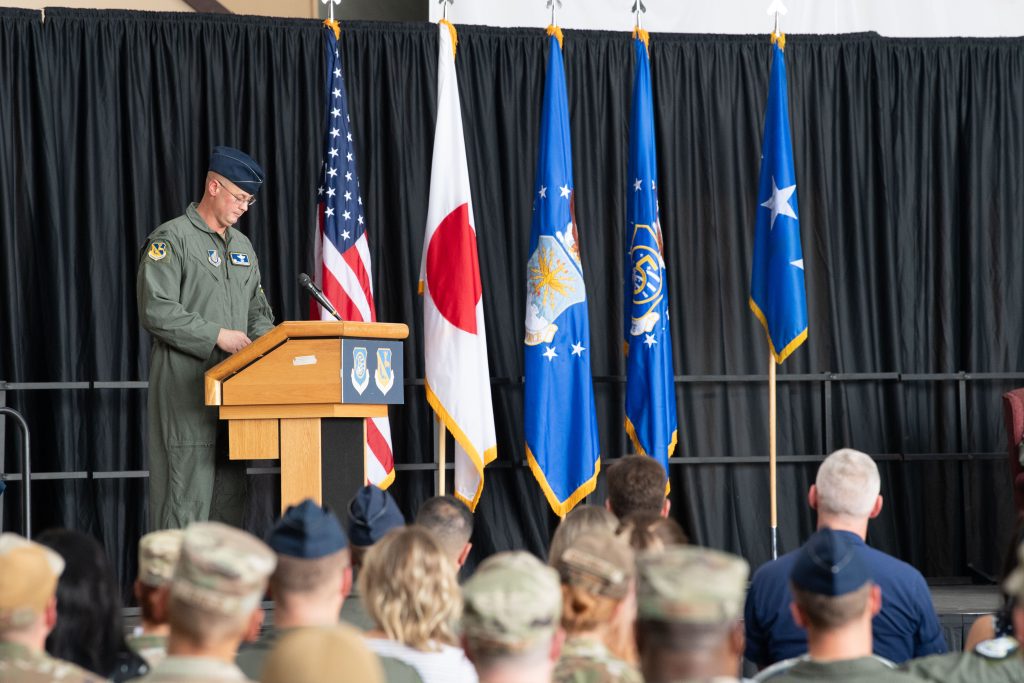
Misawa, meanwhile, is poised to get 48 new F-35 fighters, the Pentagon announced last week, though the timeline for the change is uncertain. The base would be the first overseas installation in the Indo-Pacific to host USAF F-35 fighters. Kadena Air Base in southern Japan is poised to get new F-15EX fighters to replace its aging F-15C/D models.
“We’re here in a strategic location at a significant time of change in our Air Force and the world,” Davidson said at his change of command ceremony. “We must and we will stay focused on our mission here in northern Japan to protect, to defend, to deter aggression and, if necessary, to fight and to win.”
In speeches at both change of command ceremonies, Rupp praised the new commanders as well-suited for their new roles, but also highlighted regional threats as cause for concern.
“The [People’s Republic of China] conducts aggressive and dangerous intercepts against U.S. and allied aircraft and conducts routine incursions of their sovereign territory,” Rupp said at Yokota. “Russia, despite their illegal invasion of Ukraine, has paired with the PRC to conduct joint naval and bomber patrols in the Pacific. And [North Korea] conducts routine missile launches, testing their nuclear-capable weapons, adding another layer of security threats.”
Rupp himself is poised to rotate out of his position soon—Maj. Gen. Stephen F. Jost was confirmed by the Senate in May to pin on a third star and take over as head of USFJ and the 5th Air Force. Meanwhile, Defense Secretary Lloyd J. Austin III has said he is looking “very closely” at a plan to make the head of USFJ a four-star position.

